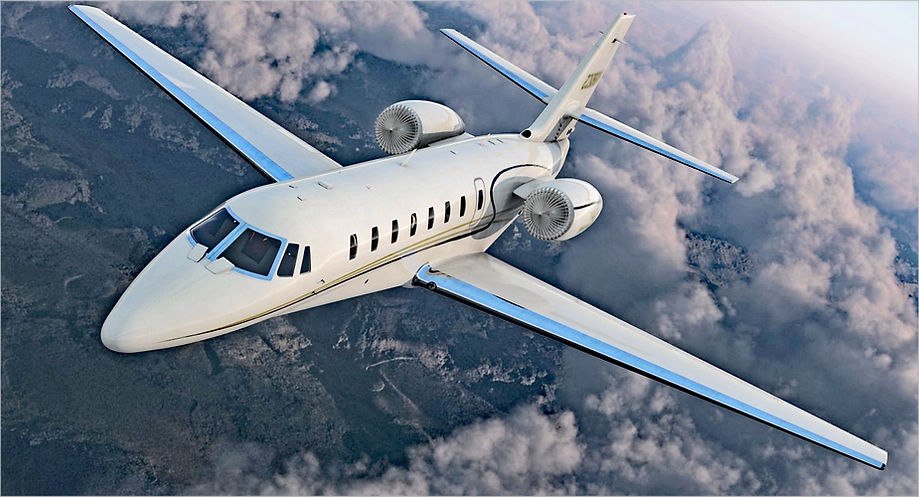


Product & IP

The Environmental Defense Shield, the Shield™, U.S. Patent No. 9,234,461, is capable of providing a safer, cleaner and more
fuel-efficient jet aircraft flight.
Shield Aerodynamics, an aerospace design company, will offer the Shield™ to the global jet aircraft market. Patents are additionally granted in France, Germany, Spain and the UK, and pending in
Brazil and Canada.
The Shield's value lies in the resulting functionality of the unique shape of each vane, allowing acceptance of air from any direction
and a uniform airflow delivery to the engine's fan face.

ABOUT

We are a group of engineers, designers and developers who are passionate about providing commercially available aircraft-safety products for owners and operators who want to go that extra mile to protect their flight by using latest Aerodynamic technology, material and reproducible manufacturing.

Primarily a design and development company, ShieldAero has spent 5 years in the development and patenting of their Environmental Defense Shield.

TECH
The Shield™ is an aircraft modification uniquely positioned upstream, or in front of the jet engine air intake (inlet). From this location, the protective vanes serve to mitigate engine ingestion of flying objects, with minimal interference to the airflow into the engine. The Shield™ can mitigate distortion of inlet flow caused by boundary layer differences, crosswinds and/or swirling, and by conditioning the air with multiple vanes that keep the air directed, while maintaining, or stabilizing, velocity and air flow pressure, creating a more consistent air flow before the air reaches the engine fan blades.
Materials and manufacturing techniques have been identified to provide a structure that can withstand greater than FAA bird-strike regulations and compress and expand upon excessive impact rather than break. Manufacturing of the end product is proposed to be outsourced though strategic alliances.

OPPORTUNITIES

Business jet owners’ primary interests are Safety and Speed. We have received support for our product from owners, and have been requested by several major Business Jet manufacturers to provide results from our upcoming field tests.

Engines sustain highest percentage of damage (MRO Network)
U.S. annual civil costs are up to $937M per year with 588,000 Hours/Year in Downtime
An 8-pound drone could rip apart the fan blades of a 9-foot diameter turbofan engine during take-off in less than 1/200th of a second.
(Javid Bayandor, the Crash Lab)

The Military & Department Of Defense seek to reduce exposure to deliberately launched Drones by anti-American entities, as Drones contain metal parts that can be devastating to jet engine’s fan blades. We are in discussion with two Command Centers in an effort to fast-track our development for this purpose.
Passenger jet owners, such as Airlines, are focused on Cost of Operations, On-time Flights, Passenger Comfort and Safety. We have received product-interest and requests for our field test results from major Passenger Jet manufacturers and Airlines.

Objectives

Computer simulations are underway on a 3D model of the Shield™ and a 3D model of a jet aircraft that has been made available for field tests. After aerodynamic optimization, the manufacturing of a full-scale prototype has been negotiated and will be used to conduct ground tests. After results have been analyzed, flight tests will begin. Data will be presented to jet manufacturers and airlines that have shown interest in receiving our results.